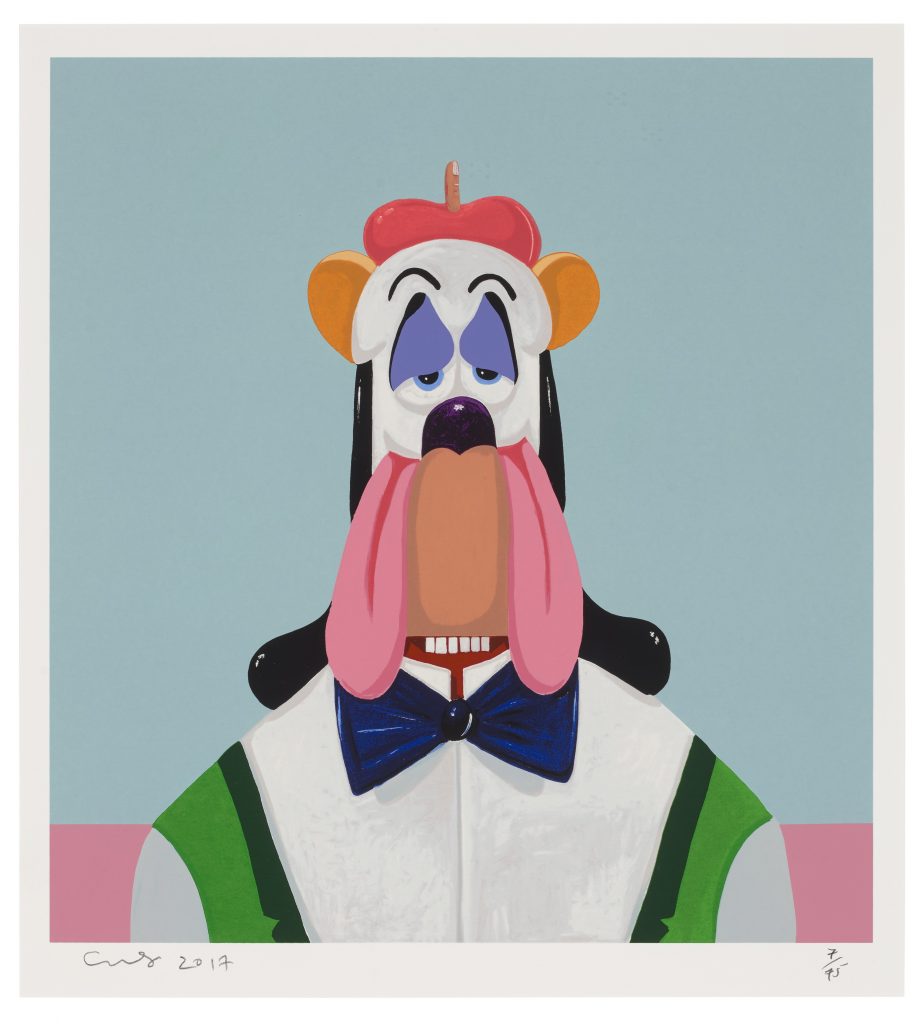Nowadays, the share of pet food takes up a significant segment of the market. Since people tend to show more care for their animals, the need for pet food has arisen. Different types of food (dry, wet, treats, etc.) are offered in the industry. Each type of product requires particular covering.

Pet food features a strong smell and taste. Wet products can be spoiled quickly if the wrapper integrity is damaged. Thus, proper wrappers should satisfy particular requirements:
- preserve the integrity and be highly resistant to punctures, tearing, and shocks;
- provide high oxygen and moisture protection to prevent premature product spoilage (molding or oxidation) due to environmental factors;
- preserve palatability, guaranteeing that the taste, aroma, and nutritional properties are preserved;
- extend the shelf life. If the wrapper is chosen correctly, it is possible to preserve freshness for months.
Note that this type of product is very sensitive to environmental influences. Oxygen and water can cause molding. Thus, pet food flexible packaging should feature improved barrier characteristics and ensure product safety throughout the storage period.
If you want to design custom high-quality pet food packaging, visit Uniflex. Uniflex is a trusted producer of individual wrappers for all sorts of products. Managers help pick the most suitable solutions and cover compositions to preserve all the needed physical characteristics.
Wrappers for Wet and Dry Food: Differences & Requirements
When dealing with packing wet and dry products, different technologies and requirements are set due to the peculiarities of their physical properties. Thus, for dry food, it is important to prevent moisture penetration. For wet products, it is essential to preserve freshness and nutritional benefits.
Dry food is commonly packed in plastic bags, while the wet paste is sealed in flexible pouches or cans. If you deal with packing canned pet products, sterilization is an obligatory requirement to prolong product shelf life and guarantee the preservation of taste, aroma, and nutritional properties. Sterilization allows for preventing microbial growth.
Types of Pet Food Wrappers
Depending on the type of stored products, the following containers are the best ones for packing and storing feed for animals:
- Pouches. These are sealed layers of film. In most cases, pouch packaging consists of several layers of films that reliably protect the content from external impacts. Different compositions of materials can be used. Such options are perfect for packing one-time portions of wet food, such as jellies, sauces, or paste. Also, snacks are packed in transparent pouches with windows to assess product quality. Pouches are sealed from three sides, after which they are filled with products. The main advantages of this type of packaging include cost-effectiveness and resealability, due to which manufacturers frequently stick to this solution.
- Bags. These containers are widely used for dry pet food packaging. Bags have longitudinal closure. The main benefit of this type of pack is the use of less material during its production process. Quite frequently, bags are equipped with zippers or other tools for re-closing to keep the aroma and freshness of food, as well as to avoid over-dryness.
- Tin cans or jars. This class of containers is the most popular for paste or liquid products. The popularity of the container is explained by the ability to seal and sterilize them and prevent spoilage. A metal can is the top solution since it has a high shock barrier, provides protection against external contamination, and is compact.
The right type of wrapper is chosen, taking into account the type of product, the required storage conditions and barrier properties, and shelf life.
TOP Materials for Pet Food Covers
Depending on the type of stored products, covers are produced from different materials. For animal hygiene goods, three-layer wrappers are applied. The following layers are used:
- transparent polyethylene terephthalate (it demonstrates high barrier performance against all sorts of gasses and oxygen);
- white or transparent polyethylene (it is responsible for structural and sealing properties).
An adhesive layer with marketing information is placed between them.
If we consider covers for dog and cat food, a high-quality pet food packaging bag can have up to 3-4 layers. Here is the most popular composition:
- transparent polyethylene terephthalate (it is responsible for high barrier qualities against oxygen and gases);
- metalized PP (blocks sunlight and oxygen);
- white or transparent polyethylene (it serves as a structural and sealing material that has high protection against moisture vapours).
Two adhesive layers are placed between them. Brand logos and signs, as well as commercial information, are printed on them.
Finally, note that eco-friendly trends penetrate all spheres. Manufacturers of pet food wrappers tend to turn to a more sustainable technique of packaging production. Thus, the following compositions are widely applied for packing products:
- Mono PE implies that all layers are made from different types of the same pet food packaging material (polyethylene, in this case). The use of mono structures allows for making wrappers recyclable. For example, instead of using PET + PE, use PE + PE structures.
- Mono PP implies the use of several layers of polypropylene. While PET + PE covers are non-recyclable, wrappers from BOPP + PP are friendly to recycling.
These covers can be both barrier and non-barrier. Thus, it is possible to machine any type of package for business needs.
Pet owners treat their animals with love and take care of their health, feeding them with high-quality products designed for pets. Compliance with storage conditions and food freshness preservation are compulsory requirements for pet food wrappers. The choice of a suitable solution depends on the required barrier properties and dry or wet products.



